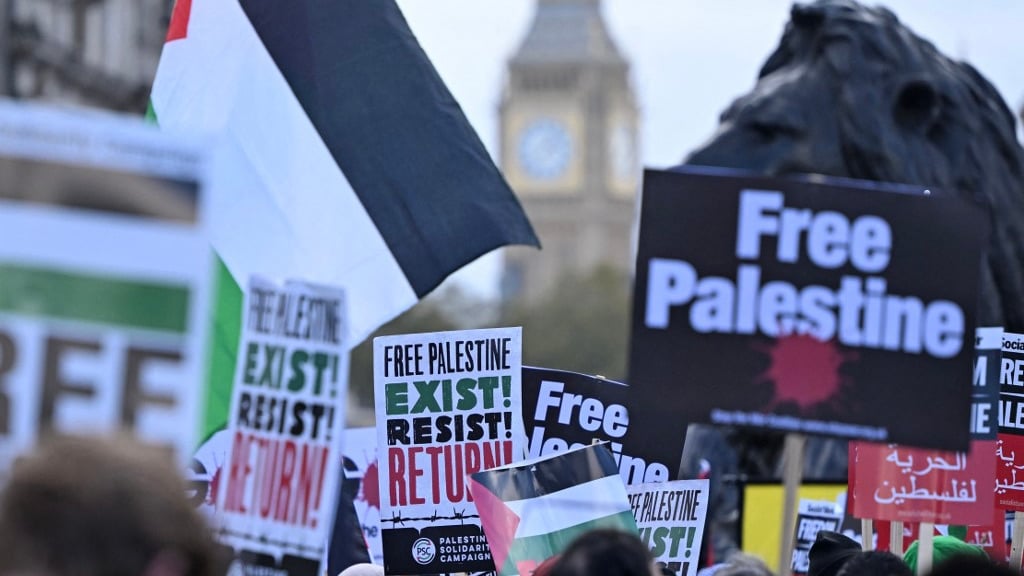The history of Palestine is a multifaceted narrative characterized by a rich tapestry of cultures, religions, and historical events. At the core of this history is the story of how Palestine once served as a place of refuge for Jewish communities and later experienced the establishment of Israel, a process that led to a complex and enduring conflict. In this blog, we will delve into the intricate history of Palestine, focusing on its early role as a sanctuary for Jews and the subsequent events that led to the Israeli occupation.
Palestine as a Shelter for Jews
The Jewish connection to the land of Palestine dates back thousands of years. For centuries, Jewish communities coexisted with various other religious and ethnic groups in the region. During times of persecution and exile, Palestine often served as a refuge for Jewish communities seeking safety and solace. This history of coexistence and refuge is integral to understanding the dynamics of the region.
The Zionist Movement
The late 19th and early 20th centuries saw the emergence of the Zionist movement, which aimed to establish a Jewish homeland in Palestine. This movement was driven by the desire to address the historical and contemporary issues facing Jewish communities worldwide, especially in the wake of anti-Semitic sentiments and the horrors of the Holocaust.
The Balfour Declaration and British Mandate
During World War I, the Balfour Declaration (1917) marked a significant turning point. Issued by the British government, it conveyed endorsement for the creation of a “homeland for the Jewish people” in Palestine. After the war, the League of Nations granted Britain a mandate to govern Palestine, which included the implementation of the Balfour Declaration.
The Nakba and the Creation of Israel
In 1947, the United Nations approved a plan to partition Palestine into separate Jewish and Arab states. This decision led to conflict, culminating in the 1948 Arab-Israeli War. Israel declared independence, and hundreds of thousands of Palestinian Arabs were displaced, a period known as the Nakba, or “catastrophe” in Arabic.
The Ongoing Israeli-Palestinian Conflict
The aftermath of the 1948 war and the Six-Day War in 1967 resulted in Israel occupying and controlling various territories, including the West Bank, Gaza Strip, and East Jerusalem. These events have led to a protracted and deeply entrenched Israeli-Palestinian conflict characterized by competing claims, territorial disputes, and ongoing violence.
This Map Shows you Exactly what happened with Palestine after giving shelter to Jews is last 7 or 7.5 decades.
Conclusion:
The history of Palestine is one of complexity and nuance. It encompasses both a long history of coexistence between Jewish and Arab communities and a more recent history marked by the establishment of Israel and the displacement of Palestinian populations. While Palestine once offered refuge to Jewish communities, the quest for a Jewish homeland, coupled with geopolitical developments, reshaped the region in ways that continue to influence its trajectory today. The Israeli-Palestinian conflict remains a deeply rooted and sensitive issue, requiring ongoing dialogue and international efforts to seek a just and lasting solution that accommodates the aspirations and rights of both Israelis and Palestinians.
